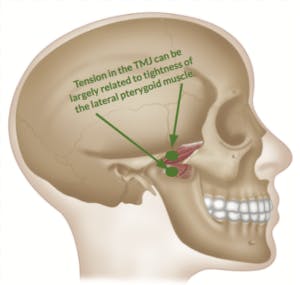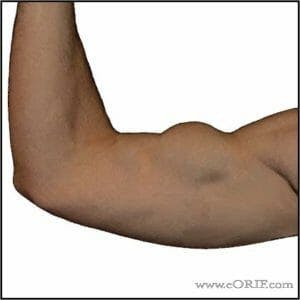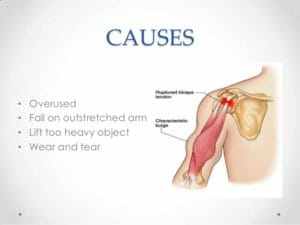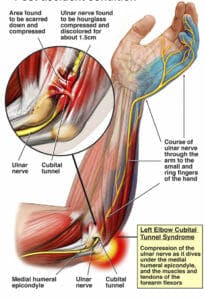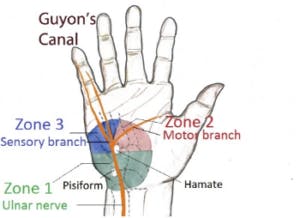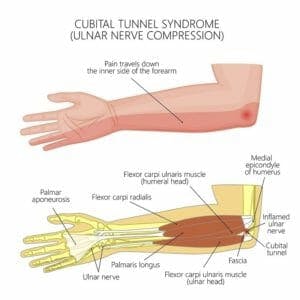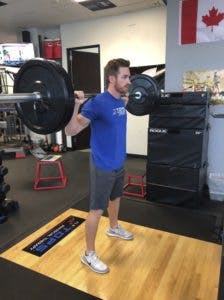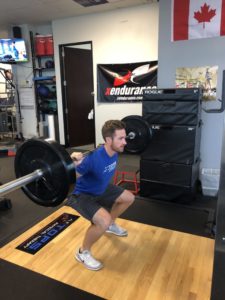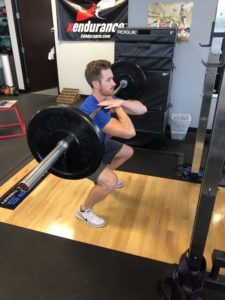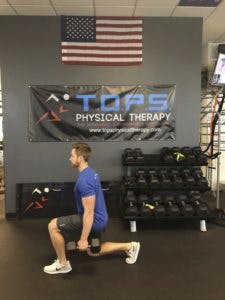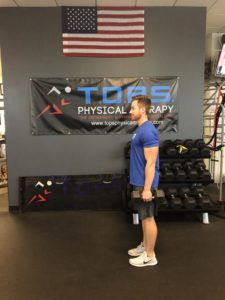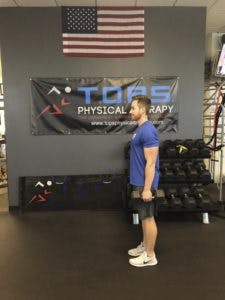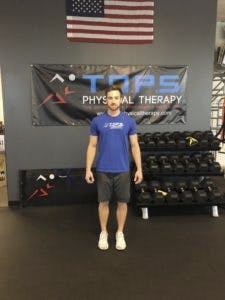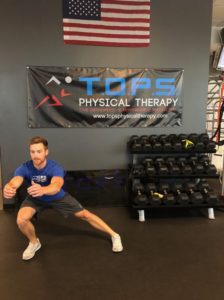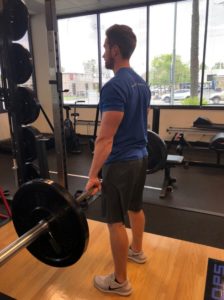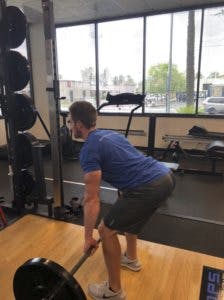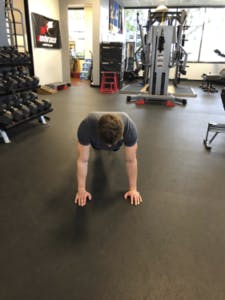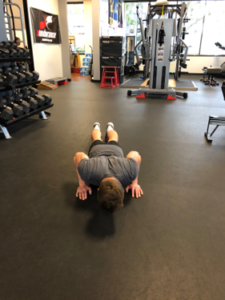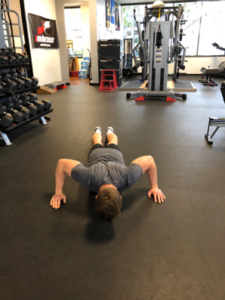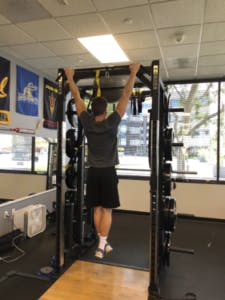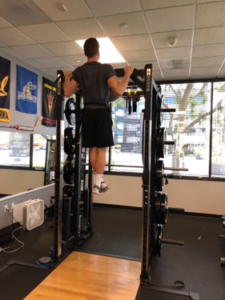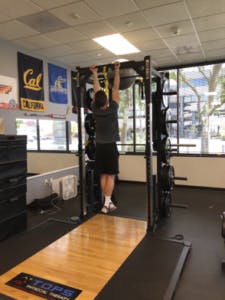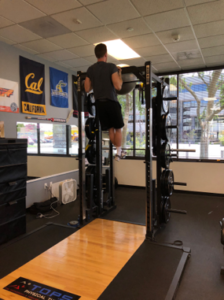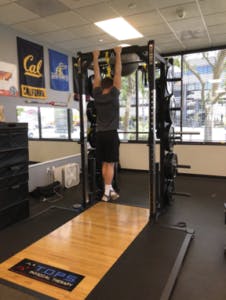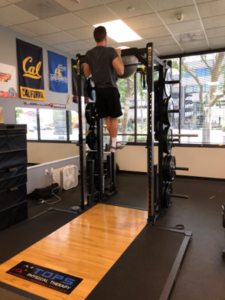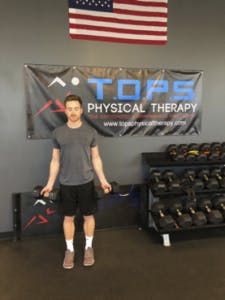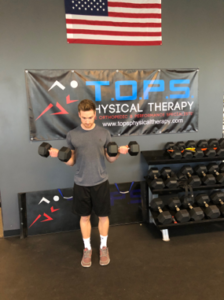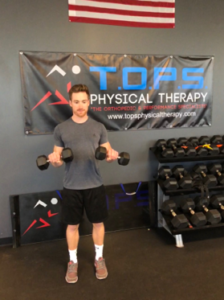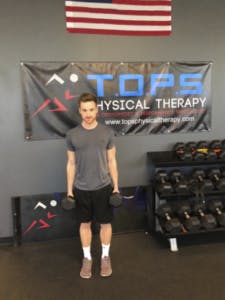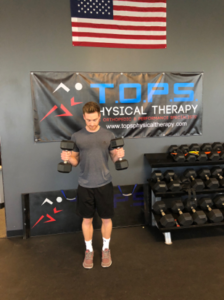Cancer and its treatments can take a heavy toll on the body, often leading to physical challenges that may seem overwhelming. But there’s a beacon of hope in this journey: cancer physical therapy rehabilitation. This specialized form of therapy is designed to help cancer patients regain strength, improve mobility, and enhance overall quality of life. If you’re navigating the complex path of cancer treatment and recovery, you might be wondering, “Is cancer physical therapy rehabilitation right for me?” Let’s explore this question together.
Understanding Cancer Rehabilitation
Cancer rehabilitation is a patient-centered approach that focuses on addressing the physical and functional challenges faced by cancer patients. This form of therapy is not just for those in recovery; it can be beneficial at any stage of cancer treatment. Whether you’re dealing with fatigue, pain, lymphedema, or mobility issues, cancer rehabilitation can offer tailored solutions to help you manage and overcome these challenges.
Who Can Benefit?
- Newly Diagnosed Patients: Starting cancer physical therapy early, even shortly after diagnosis, can help in maintaining strength and function during treatment.
- Patients Undergoing Treatment: Chemotherapy, radiation, and surgery can lead to side effects like fatigue, weakness, and restricted movement. Rehabilitation can help in managing these symptoms.
- Survivors and Those in Remission: After completing cancer treatment, rehabilitation can aid in regaining pre-treatment levels of activity and health.
- Patients with Advanced Cancer: Even in advanced stages, physical therapy can improve mobility, reduce pain, and enhance quality of life.
Key Benefits of Cancer Physical Therapy
- Improved Mobility and Strength: Cancer treatments can lead to muscle weakness and stiffness. Physical therapy helps in restoring muscle strength and flexibility.
- Managing Treatment Side Effects: Techniques like lymphedema therapy can help manage swelling often seen after certain cancer treatments.
- Enhancing Mental Well-being: Physical activity in therapy can also improve mental health, reducing feelings of depression and anxiety.
- Personalized Care: Therapists work closely with you to create a personalized plan that addresses your specific needs and goals.
What to Expect in Cancer Rehabilitation
A cancer rehabilitation program typically begins with a thorough assessment of your physical condition, treatment history, and specific challenges. From there, the therapist designs a personalized plan that may include:
- Exercises tailored to improve strength, endurance, and flexibility
- Pain management techniques
- Lymphedema management
- Education on energy conservation and activity pacing
- Guidance on safely returning to daily activities
Making the Decision
Deciding to embark on cancer physical therapy rehabilitation is a personal choice and one that should involve discussions with your healthcare team. Consider the following:
- Consult Your Doctor: Discuss with your oncologist or healthcare provider to understand if and when you can start physical therapy.
- Evaluate Your Needs: Consider what physical challenges you’re facing and how therapy could address them.
- Explore Available Resources: Look into the options available at your treatment center or in your community.
Conclusion
Cancer physical therapy rehabilitation offers a ray of hope and empowerment for those fighting cancer. By addressing physical challenges, it not only aids in physical recovery but also boosts emotional well-being. If you’re considering whether this is the right path for you, remember that it’s about taking control of your health and working towards regaining your strength and independence. With the right support and guidance, cancer physical therapy rehabilitation can be a vital part of your cancer journey.
https://topsphysicaltherapy.com/cancer-rehabilitation-program/

